Click to view our Accessibility Statement or contact us with accessibility-related questions







What Even Are "OEM" Switches?

search
close
Sort by: Newest
keyboard_arrow_downSoei
100
Dec 15, 2023
OEM switches => switches supplied by default on earlier keyboards by the various switch manufacturers.
I know you mean well but that's the answer to the question you posed if I read your lengthy article right.

Synxx
37
Dec 15, 2023
good post, very informative for someone who doesn't know much about switches; my partner learned a lot.
PRODUCTS YOU MAY LIKE
Trending Posts in Mechanical Keyboards

jdsvdropper
Drop ENTER keyboard with DCX Sleeper Mac variants and Rocky Bird
Black Drop ENTER keyboard with DCX Sleeper Mac variants for the Option and Command keys, and Rocky Bird red and black DCX keycaps.
Nov 19, 2024
AngryTank
Favorite Artisans
COME FORTH SHENRON!
Purple, Dragon Balls, and Seta! What more does a simple man need?
Nov 17, 2024
InsufferablePedant
ZealPC Aqua Zilents
Please ignore the filthy keyboard, it's been on a shelf for a minute.
Nov 15, 2024
Kyle-L
How to sell things on Drop & How Drop charge them?
Hi , this Kyle from China. Since a month ago, my team wanted to build a brand to produce the high quality of mechanical keyboard and headset to sell aboard. Now we already got the license to do so, and we can't wait to bring our products to meet everyone. But the products are still in the period of designing, it would take some time :( There are some questions we can't find the ways to solve - how to sell keyboard on Drop, and the details about how Drop charge per product? - Actually I sent an email to Drop Studio for some questions, but I didn't receive the answer.( Drop Studio also mentioned that they can contact me only if they were interested in my design / products ). So I'm here ask for help. If anyone can answer my question, I would really appreciate it :)
Nov 14, 2024

Neekolas714
Kicks & Keebs
Alpha Bravo Smoke
Finally finished my Keychron V5. Smooth, beautiful and stylish. What else could there be?
Nov 13, 2024
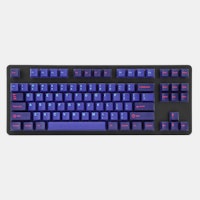
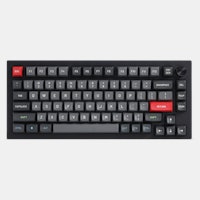
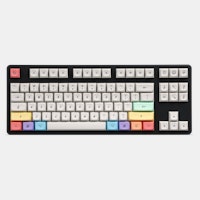
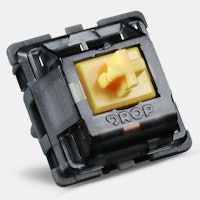
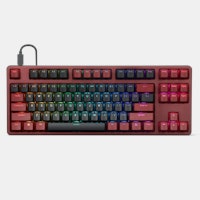
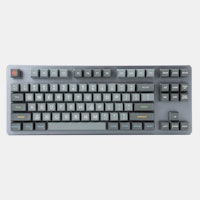

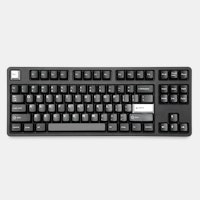
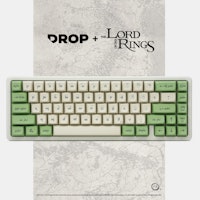
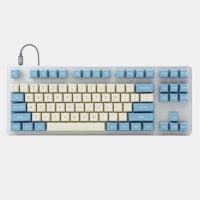







Curious to learn more about mechanical keyboard switches? Consider checking out some of my other strangely in depth articles discussing things like ‘The Who’s Who of Switch Manufacturers’ or how ‘We Know Nothing About Switch Materials.’ I’m sure those articles will help clear up some other confusing statements about switches I’ve made along the way…